Types of Utility Pole
ToggleTypes of Utility Poles-The Best Material
Utility poles play a crucial role in power transmission, power communication, and daily life. They serve us in cities, neighborhoods, rural roads, and seaside areas, so the performance, materials, maintenance costs, and environmental factors of power poles have become issues that we have to consider. Next, I will enrich your knowledge by explaining different materials and performance of power poles.
Wood Utility pole
Wood utility poles have a long history of use, with their usage rate ranking first for a century. It is usually made of pine or cedar, and compared to galvanized and concrete poles, it has a lighter weight and is easier to install.Due to the numerous factors that affect wooden poles in natural environments, the use of preservatives is crucial. Preservatives can minimize damage to wooden poles from the environment, fungi, and wildlife.
However, with the passage of time and the development of the times, the drawbacks of wood utility poles have also become apparent. The passage of time, the erosion of rainwater, the destruction of birds, the corrosion and weathering of the environment, the maintenance of wood utility poles, and the frequency of losses are also greatly increasing. With the development of industry, wood utility poles cannot withstand high voltage currents and extreme high temperature environments. Therefore, in the new century, the use of new materials for utility poles has significantly increased.
Concrete utility pole
Concrete utility poles have high strength and long service life, suitable for supporting heavy cables, and have a more beautiful appearance compared to wood utility poles. Corrosion resistance, fire resistance, and anti freezing effects are also excellent.
Concrete utility poles have a significant drawback, as they are heavy. Because it is made of concrete and reinforced steel, its installation and transportation are inconvenient and the cost is high. In coastal cities, the steel bars in concrete may be corroded and damaged by salt spray, thereby increasing maintenance costs.
 Composite material utility pole
Composite material utility pole
Composite material utility poles are a new type of material that is lightweight, only 1/10 of the weight of concrete utility poles, and has low transportation and installation costs. It has good corrosion resistance and is suitable for coastal cities,areas with abundant rainfall and good insulation performance can ensure stable transmission during thunderstorm weather.
The disadvantage of composite material utility poles is that the material used is a new type of material, and its material cost is relatively high compared to other materials. Its ability to prevent fire and high temperatures is average, and due to its recent nature, its data is also limited.
 Galvanized utility pole
Galvanized utility pole
Galvanized utility poles have obvious advantages as metal poles. They are made of galvanized steel, which has the advantages of large load-bearing capacity and high temperature resistance. The surface galvanized layer effectively improves the corrosiveness of the power pole in humid environments, and its service life is usually 50 years, with relatively low maintenance costs. Compared to concrete utility poles, it is lighter in weight and easier to install and transport. Compared to wooden and composite utility poles, it has better environmental adaptability and stronger load-bearing capacity. Compared with the other three types of utility poles, galvanized utility poles are more in line with contemporary urban construction, and are also more beautiful and fashionable.
Although galvanized utility poles have many advantages, they also have some disadvantages in practical applications. The galvanized layer may be damaged due to environmental corrosion and mechanical wear, requiring regular inspection and maintenance. It has strong conductivity, and during installation and maintenance operations, workers need to wear insulated clothing to avoid injury.
General comparison
In summary, electric poles made of different materials have different applicable scenarios. However, galvanized utility poles have shown excellent performance in terms of metal strength, load-bearing capacity, corrosion resistance, installation and transportation costs, and service life. For power transmission and signal transmission lines with high requirements, galvanized poles also exhibit strong durability and stability. Choosing it will make your journey in the power system smooth and effortless.
What is on the electric pole?
I.Power transmission utility poles:
1.Cable line:Used for power transmission, usually aluminum or copper wire.
2.Insulator:Used for supporting and insulating power lines, directly installed on utility poles.
3.Wire:Used to stabilize utility poles, usually made of high-strength steel wire.
4.guy wire clamp:Important tool for connecting cables.
5.Lightning arrester:Protect circuits from lightning strikes.
II.Communication pole:
1.Fiber optic cable:Used for data transmission network communication.
2.Distribution box:Used for connecting and distributing lines.
3.Fiber optic cable terminal box:Used to protect optical fibers.
4.round slack storage bracket:Used to store fixed cables.
III.Other application devices:
1.Monitoring equipment:Camera pole:Used for safety and traffic monitoring.
2.Billboard:Billboard support,used for promotion.
3.street lamp:Install street lights on utility poles for illumination.
4.Identification cards:Used to identify information such as buildings, companies, units, etc.
5.Birds inhabit:Used to protect birds by installing habitat racks on utility poles
Frequently asked questions (FAQ)
How to prevent the aging of wooden power poles?
Perform anti-corrosion treatment
- High pressure infusion method: Use a machine to inject preservatives into the wooden pole and soak them evenly.
- Copper sulfate infusion method: Pour copper sulfate liquid in a ratio of 1:30 or 1:60 into the root of the wooden pole.
- Wooden pole baking method: Bake the surface of the wooden pole and apply preservatives.
How to reduce mechanical wear and material loss of galvanized utility poles?
- On the basis of the galvanized layer, applying professional anti-corrosion paint or rust proof oil can effectively reduce oxidation and wear.
- Installing a barrier at the bottom of the utility pole can effectively prevent damage caused by animal or vehicle collisions.
How to reduce the pollution of electric poles to the environment?
- Reasonable planning and layout, reducing the impact of power poles on rural and urban landscapes as well as residents’ lives.
- Regular maintenance, establishment of inspection schedule, timely loss of losses, and reduction of metal pollution and resource waste caused by damage to power poles.

.jpg)
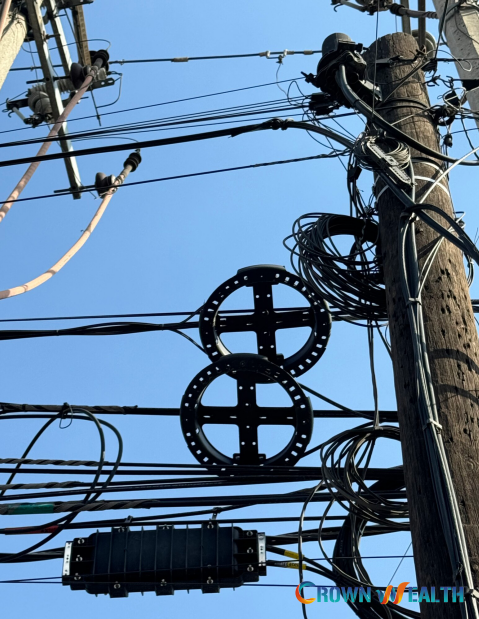
.jpg)
.jpg) Composite material utility pole
Composite material utility pole.jpg) Galvanized utility pole
Galvanized utility pole.jpg)
.jpg)
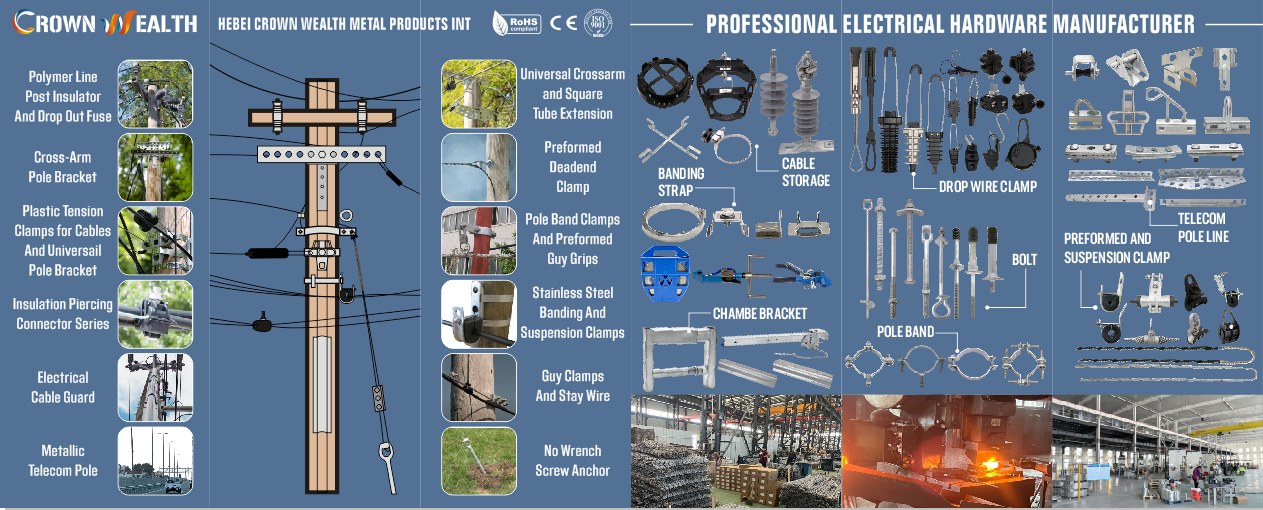
.jpg)
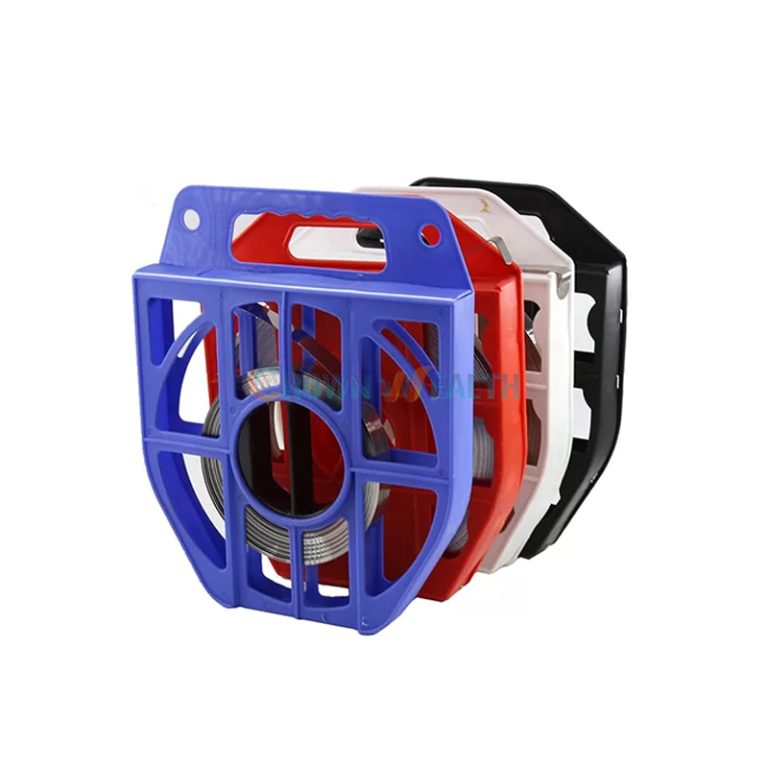

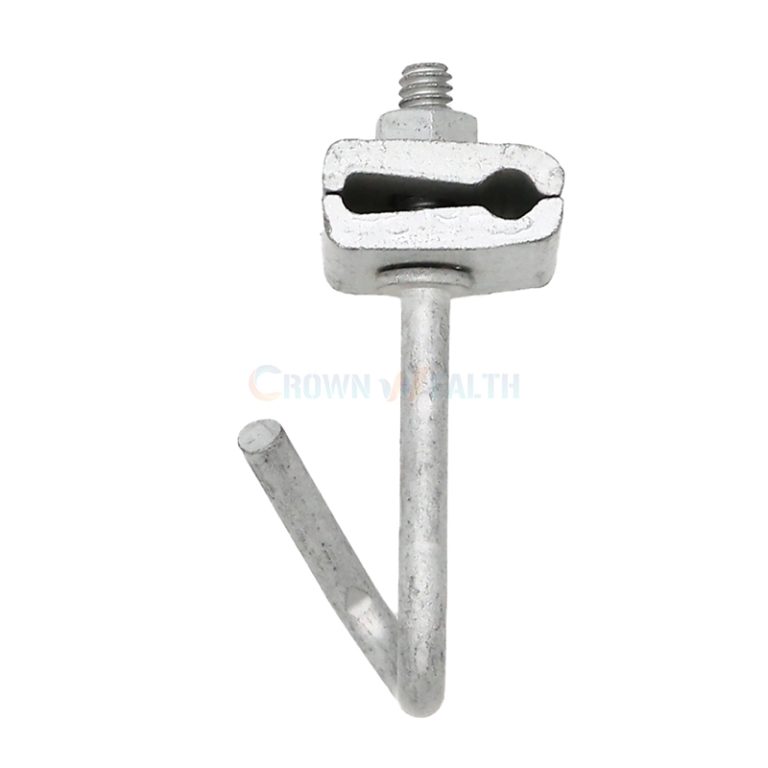

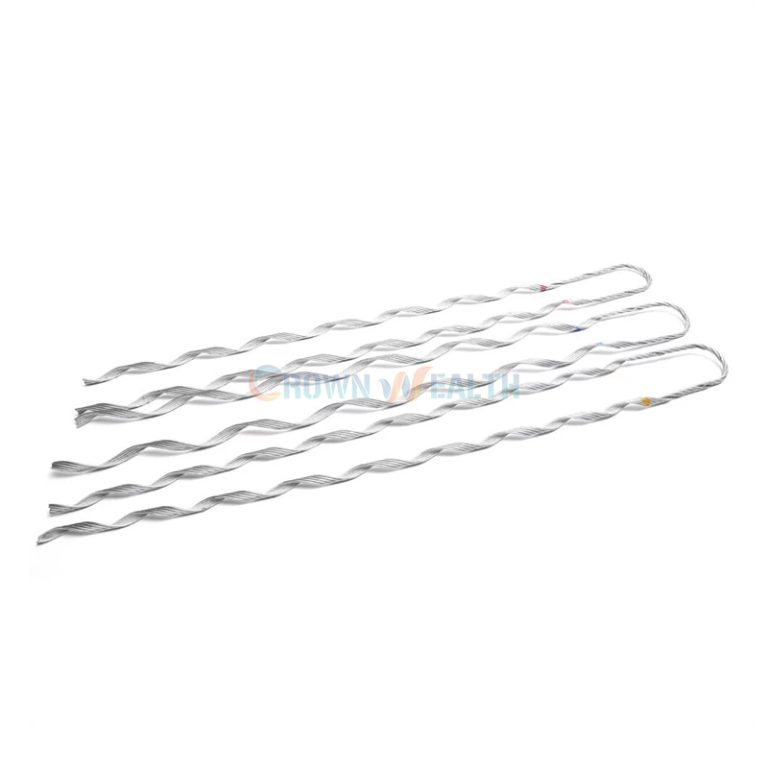
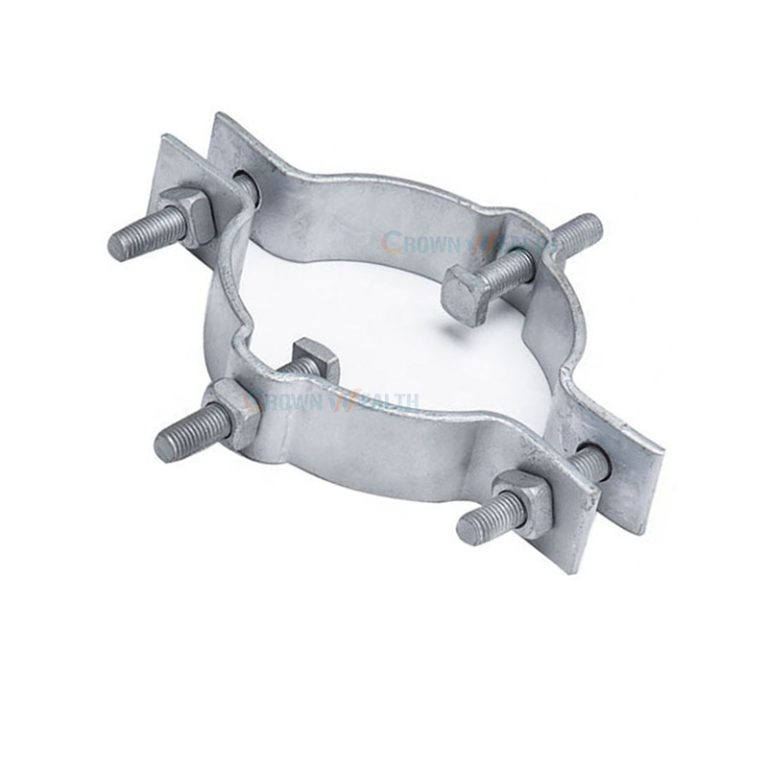





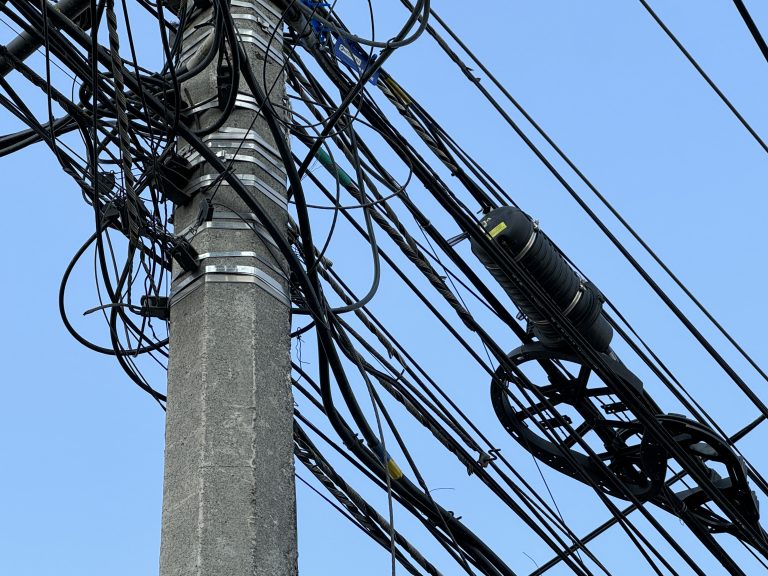
.jpg)






